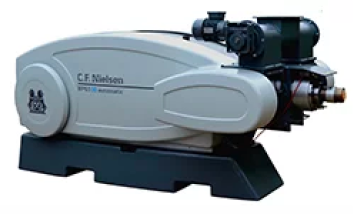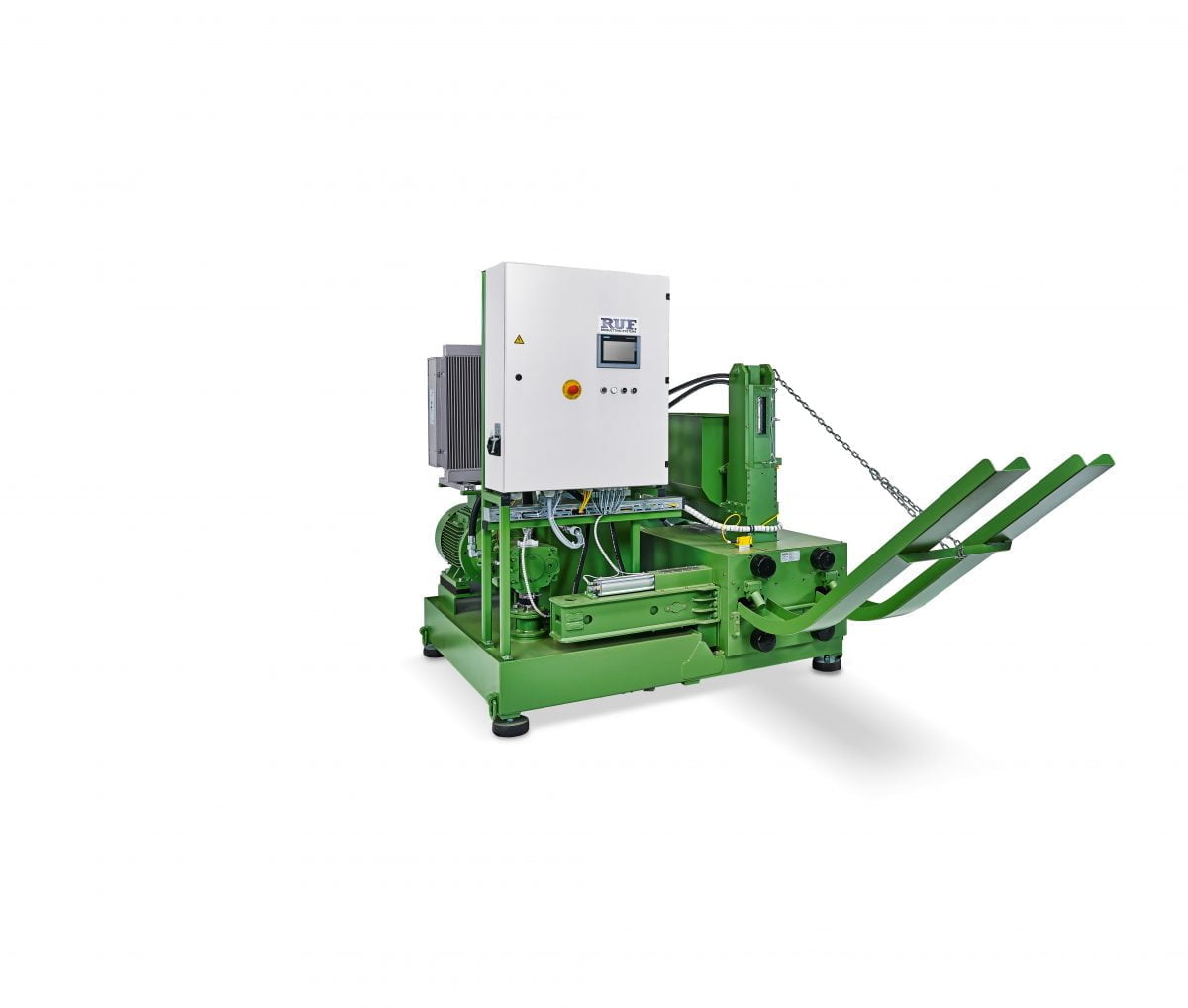Since the beginning of civilization, humans have tried to store and densify energy. Methods used were as simple as drying, bundling, and bailing to compact loose combustible material for fuel-making purposes.
Modern briquetting is still simple, but the process is only simplified due to the extensive know-how that briquetting press manufacturers have invested in the complex technologies behind it. Today, most briquettes are made on technically advanced and highly automated mechanical, hydraulic, or screw extruder briquetting lines. Viewed historically, briquetting on a commercial level is a relatively new phenomenon, with the first industrial plants dating back to the second half of the 19th century.
So why would someone consider briquetting? Fundamentally, there are two main reasons:
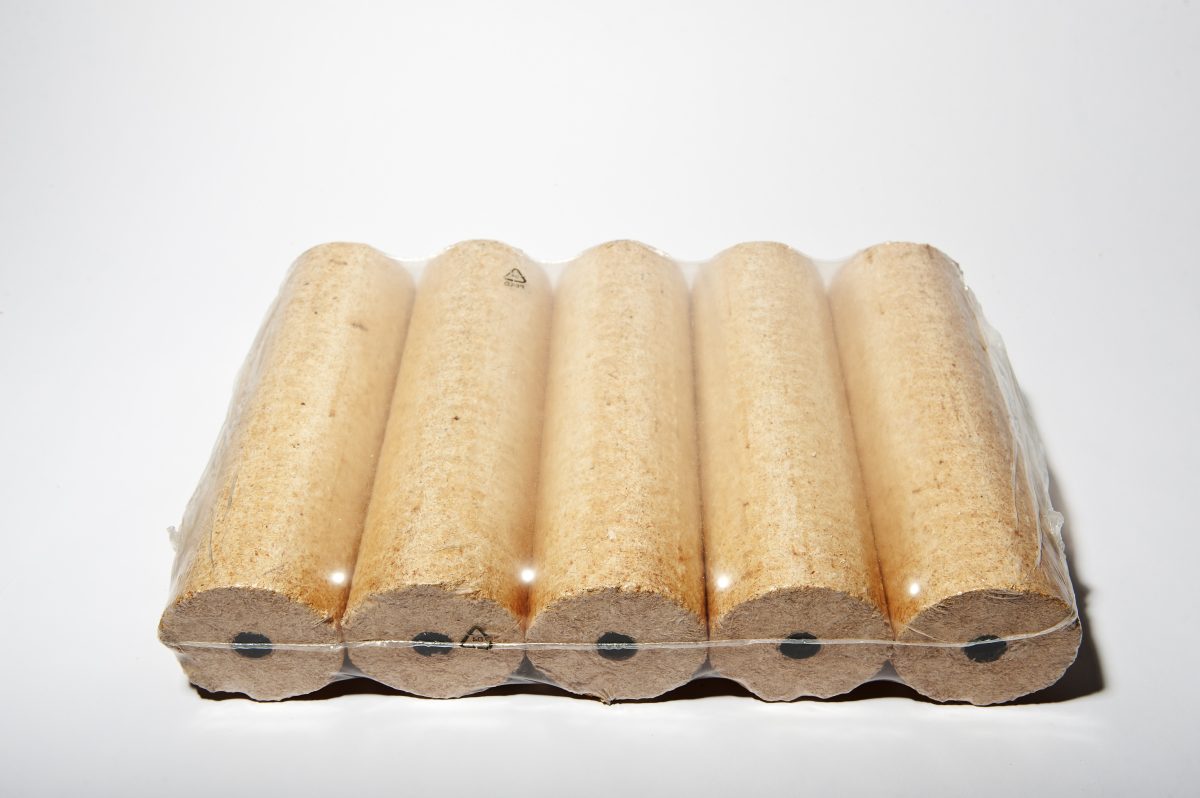
Wood briquettes are an environmentally friendly alternative to fossil fuels. They release the same amount of CO2 when burned as the biomass has absorbed during its growth. Additionally, briquettes are often made from waste materials that would otherwise be sent to landfills, which helps reduce waste on a global level. In recent years, as the focus on renewable energy has grown, the applications for briquettes have grown concurrently. Consumers require green energy that is economically competitive and convenient. Briquettes prevail over traditional domestic fuel sources in both aspects. Therefore, today, briquetting is obtaining renewed attention and is becoming a real alternative to conventional firewood and coal. Briquettes simply burn hotter and cleaner, are cheaper to buy, and are much easier to store and handle.
Due to the above-mentioned reasons, consumers have discovered the advantages of briquettes, and the demand for biomass briquettes has been growing. Renewable initiatives have further boosted the possibilities for briquetting, and therefore prices have increased, and suppliers have been struggling to keep up with the progressive market. Therefore, briquetting is a profitable business in most circumstances.
Furthermore, densification of biomass is an important element in trading and handling biomass, as densified fuel offers logistical advantages and becomes a commodity ensuring high energy content and homogeneous quality.
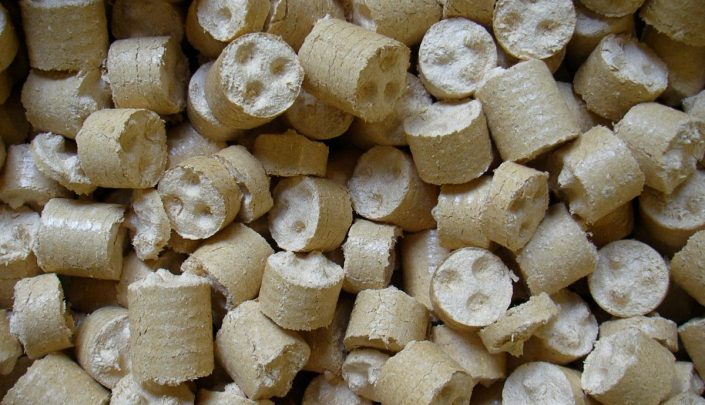
Biomass briquettes are a type of renewable energy source made from organic materials such as agricultural residues, wood waste, sawdust, and other biomass byproducts. These materials are compacted under high pressure normally without the use of any binding agents to form dense, solid briquettes. Biomass briquettes serve as an alternative to traditional fossil fuels like coal, oil, and natural gas, offering several advantages.
Traditionally, briquetting technology was established for developing countries to produce briquettes from local residues to be used in cooking stoves. Later, as the capacities of the machines increased, briquettes were used in industrial boilers to create heat, steam, and power for industry and power plants. Within the last 30 years, briquetting has also found its way to households in industrialized countries as consumer logs for wood-burning stoves and fireplaces.
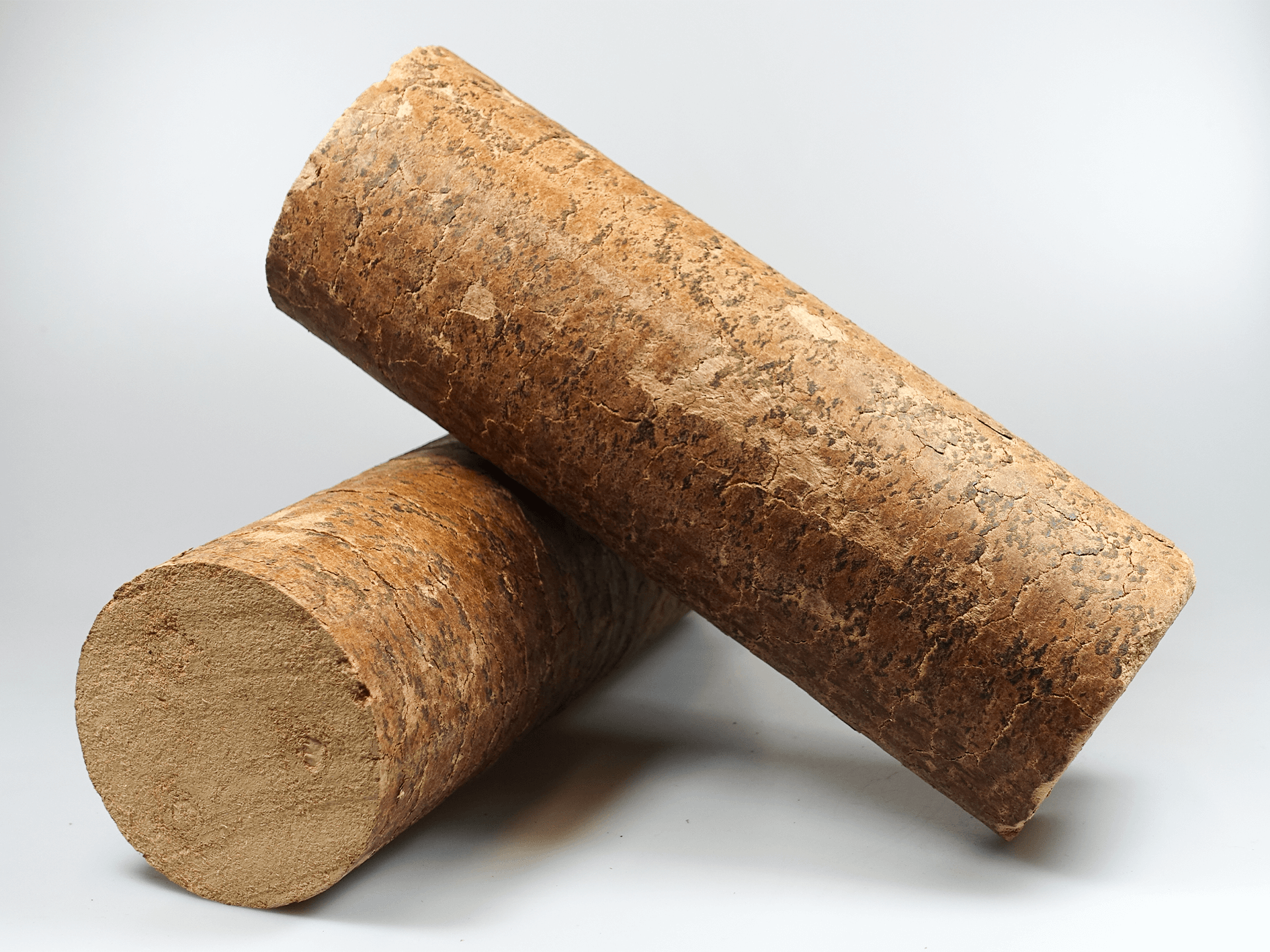
Briquettes made on a mechanical press are typically cylindrical in shape but can also be square or have other shapes. The briquettes are dense and have a diameter between 40 mm and 120 mm. Advantages are a fairly high capacity and low production costs, especially power consumption. The briquettes are used in fireplaces, pizzerias, barbeques, or wherever you would use firewood.
Briquettes made on a hydraulic press are also highly popular throughout the world. Very often seen in the stores in Germany and Scandinavia. They are very easy to ignite and burn well. They have a uniform rectangular size that makes them easy to store. The briquettes have a slightly lower density, and the briquettes are typically used as consumer briquettes for fireplaces and wood-burning stoves. The hydraulic press is a simple machine to operate, and the footprint is smaller compared to the alternatives.
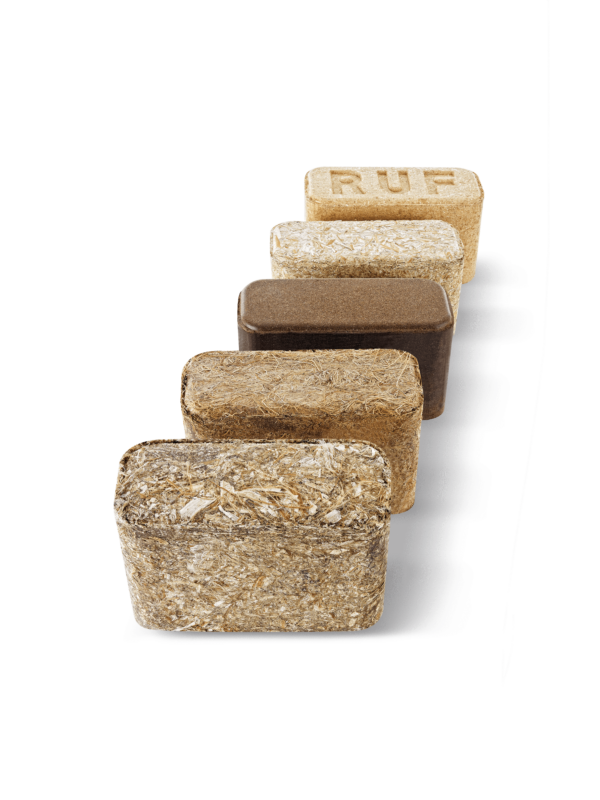

Briquettes made on a screw press are high-quality briquettes with high density. The briquetting process is more delicate, and it requires very homogeneous raw material with fine particles and a moisture content between 6-8%. If these requirements are met, the machine will produce state-of-the-art briquettes that will burn longer than most other alternatives. Therefore, these types of briquettes are very popular in some markets. The briquettes are normally produced in a size of 55x55 mm or 65x65 mm with a length of 200 mm. Other sizes are optional. The briquettes from this machine can be carbonized and sold as charcoal at a high value. The briquettes are typically used as consumer briquettes as logs for fireplaces and wood-burning stoves. Also, they can be used as fuel for pizza ovens.
